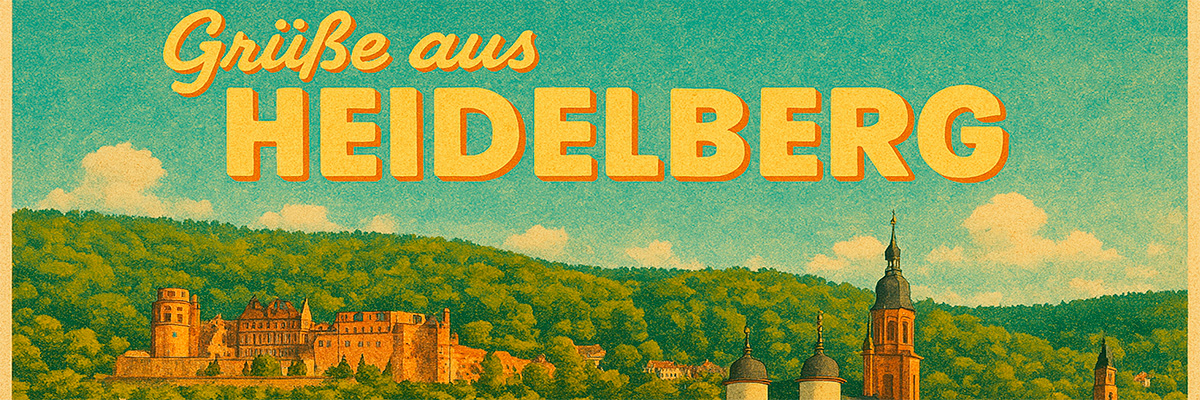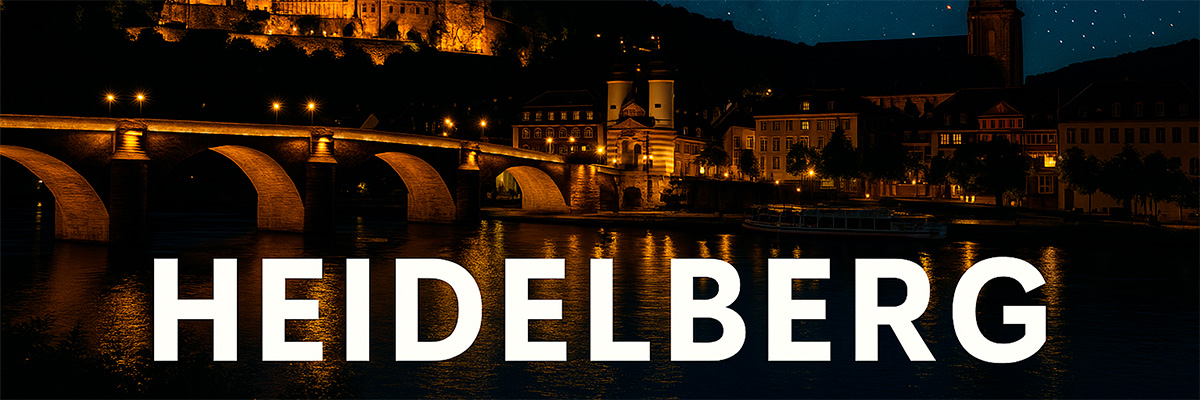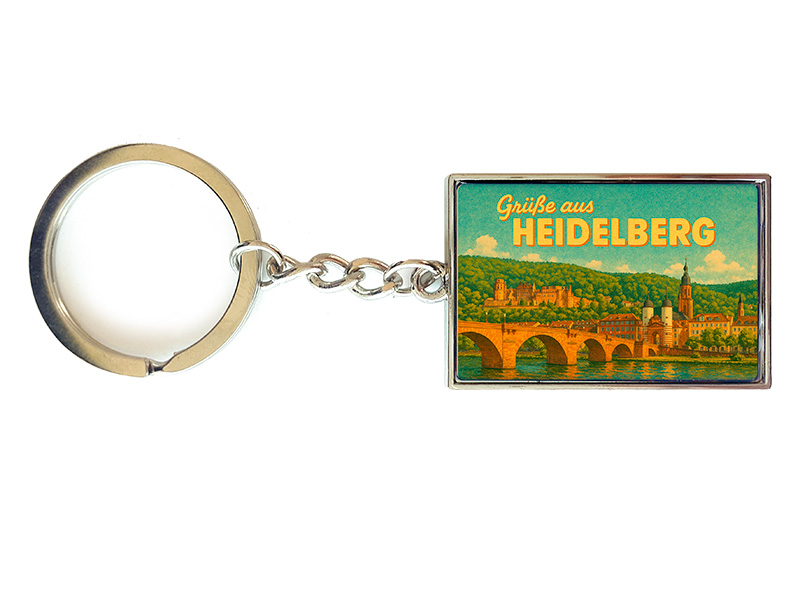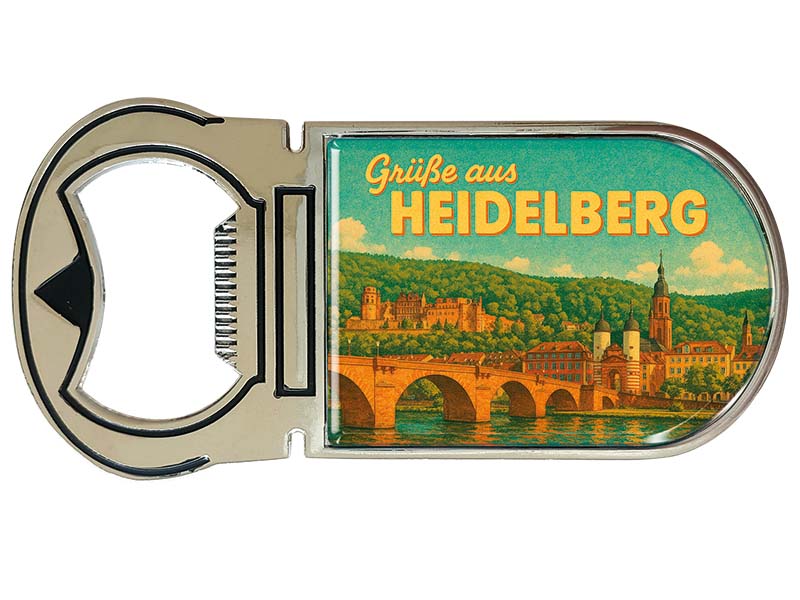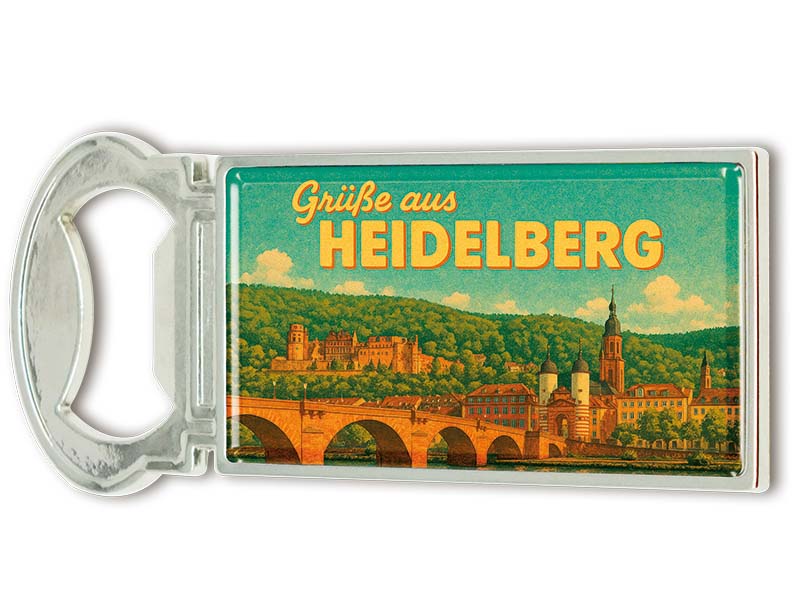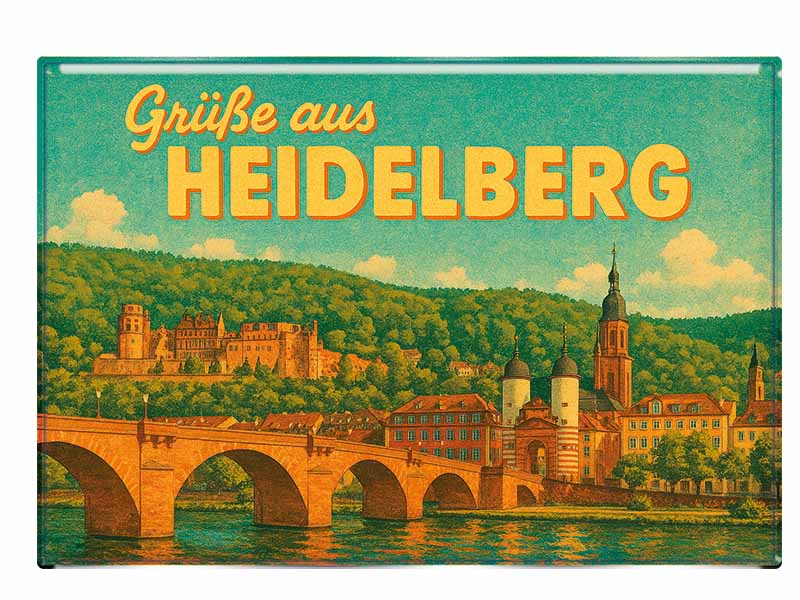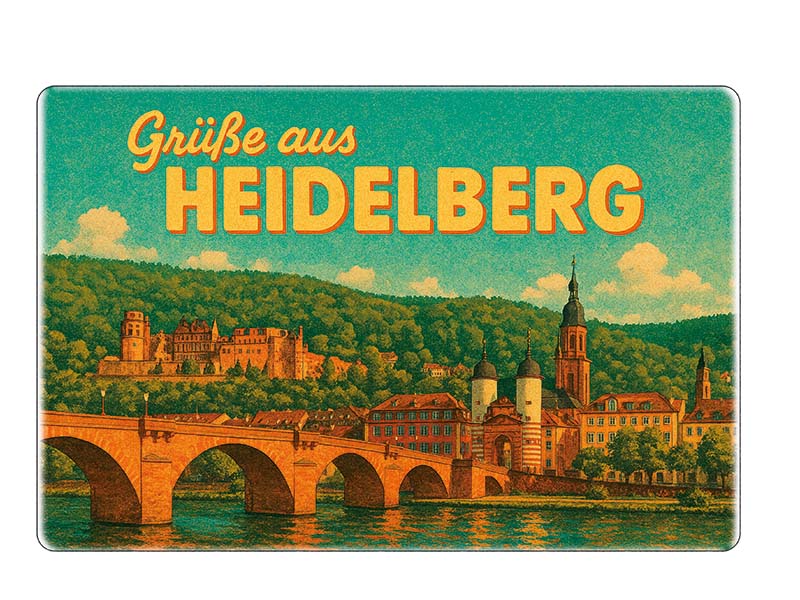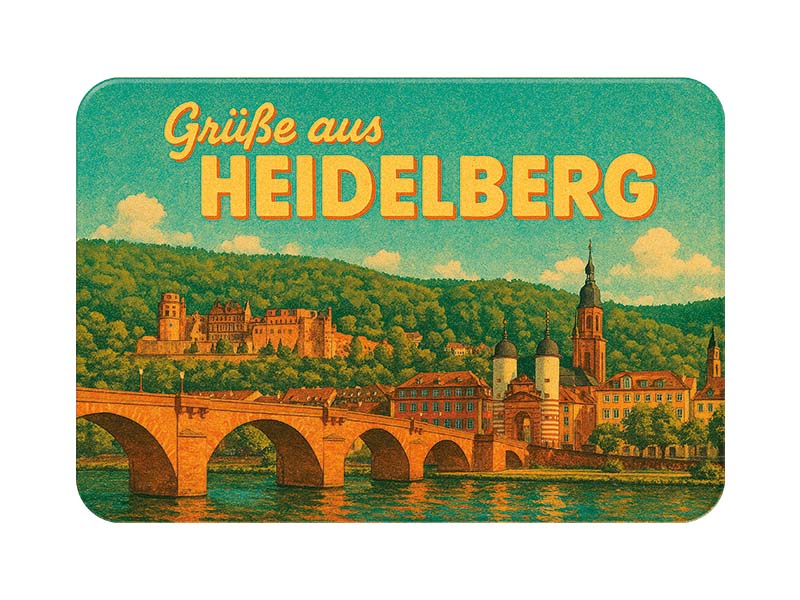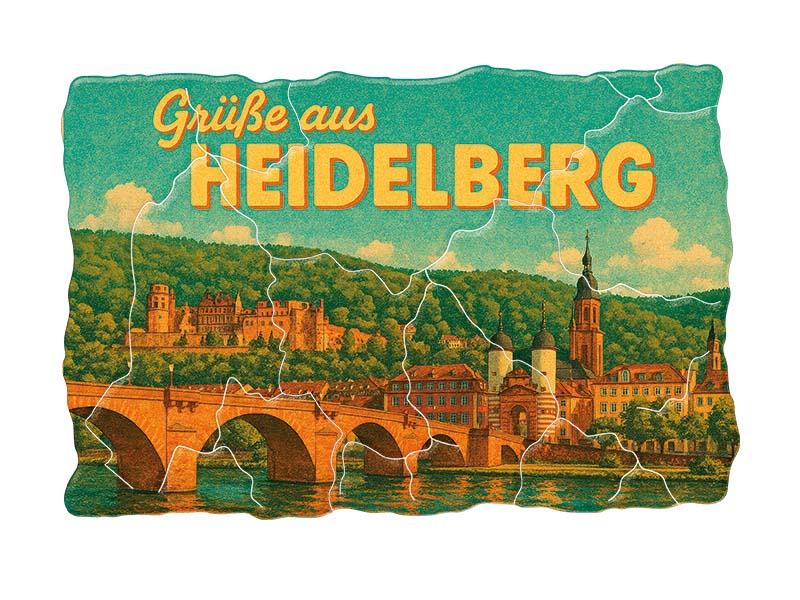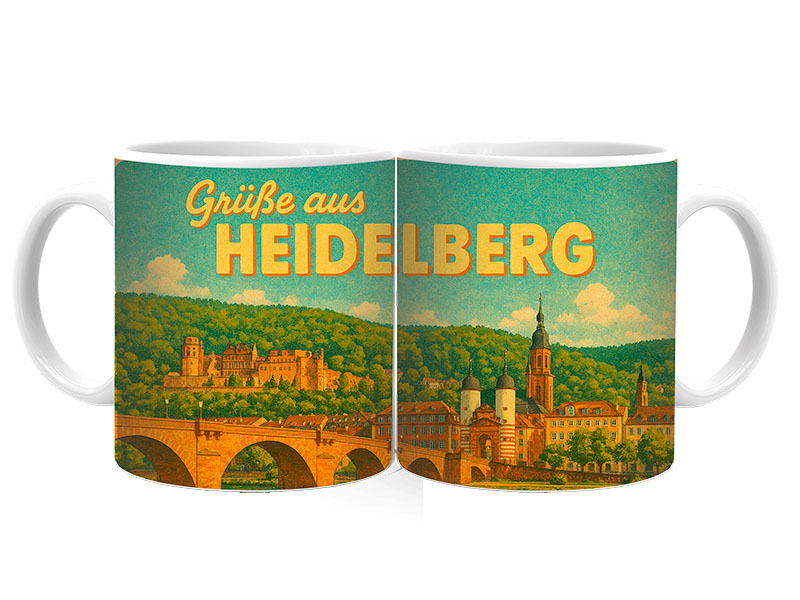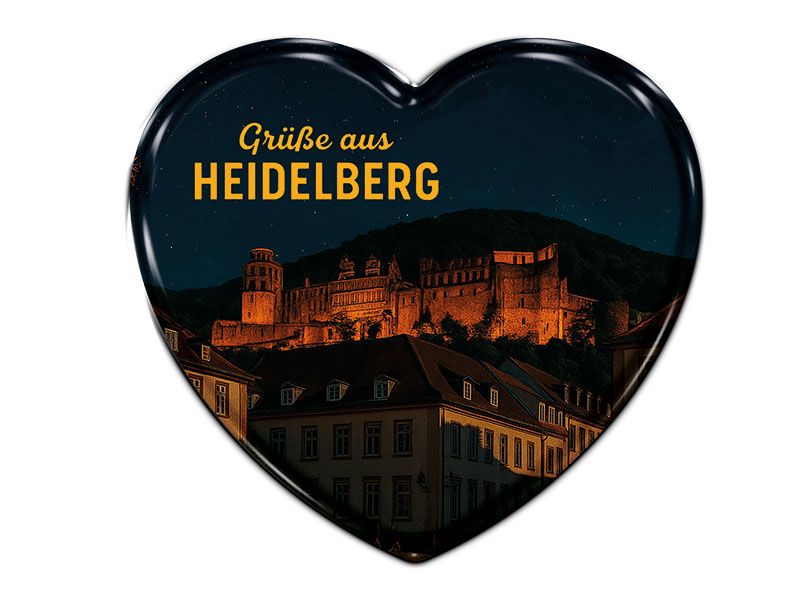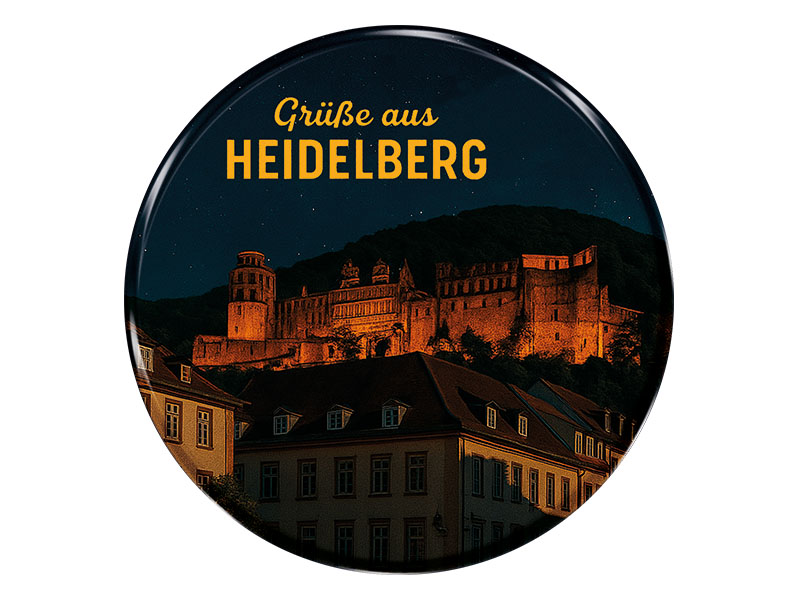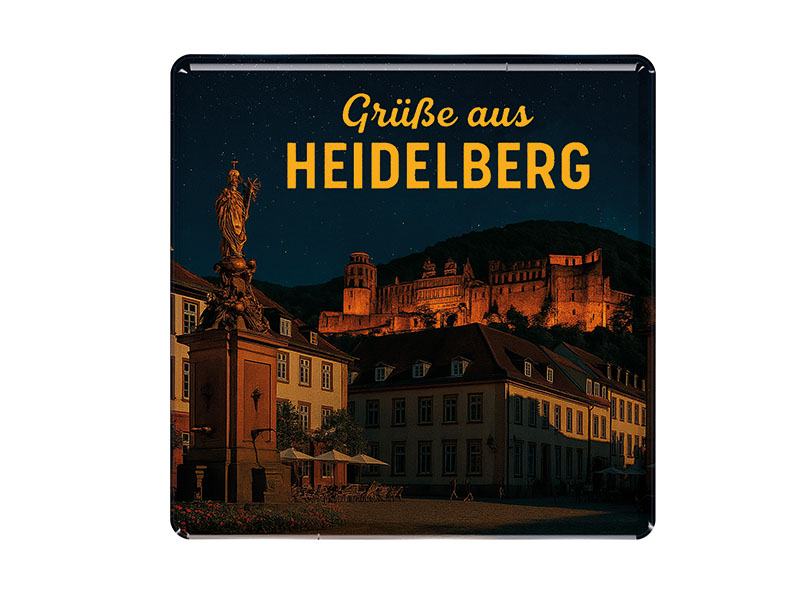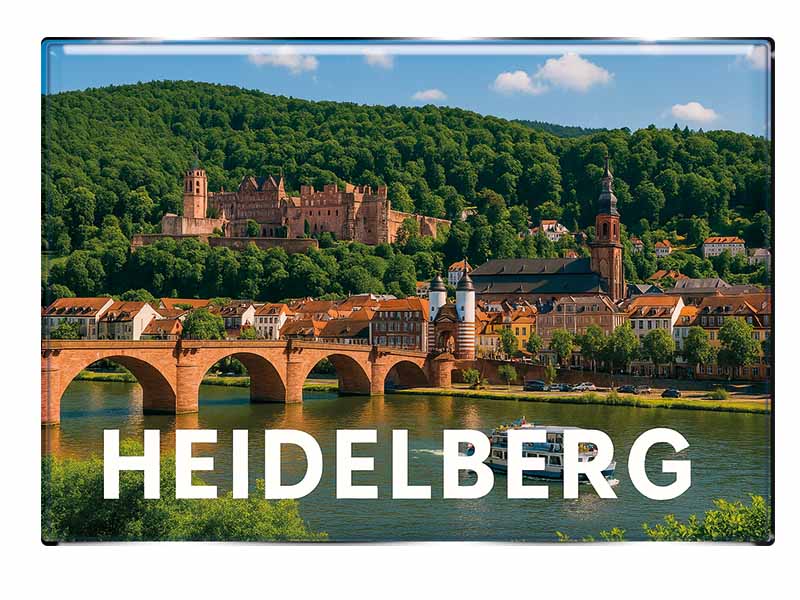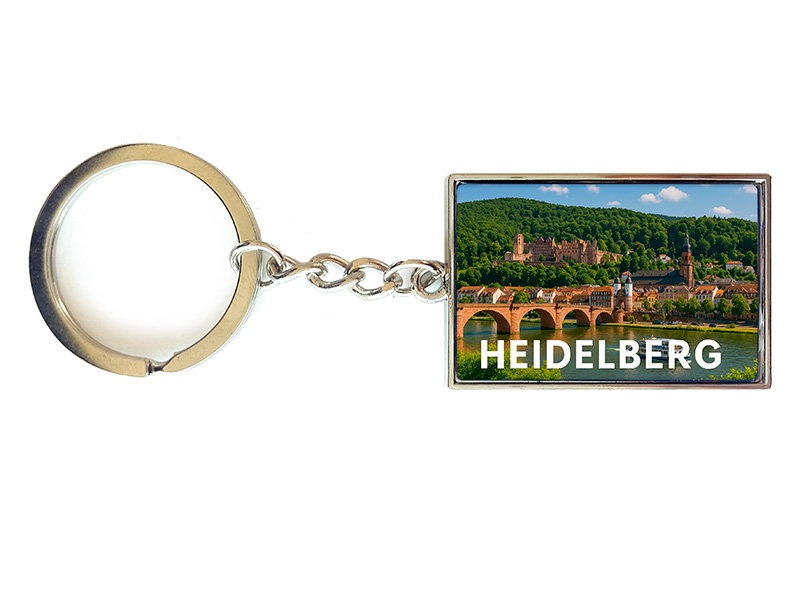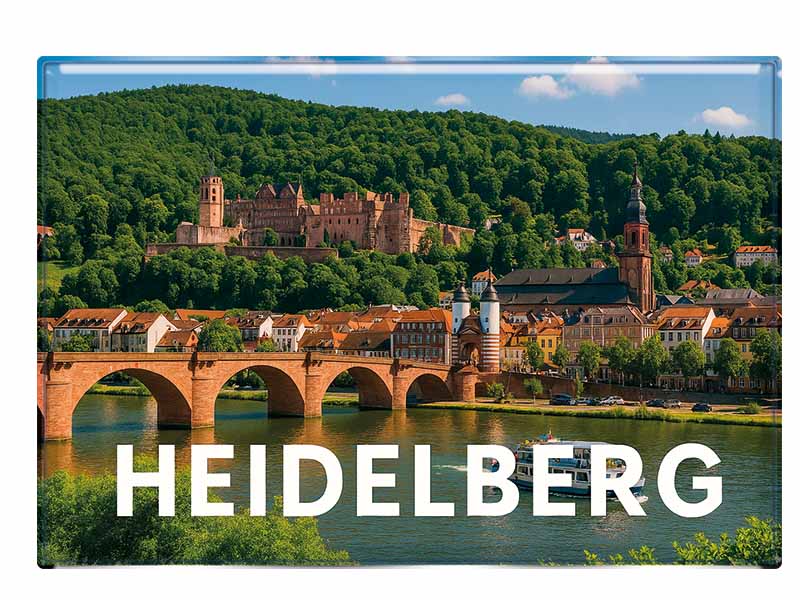- Vehicles
- Figures
- Witches
- Carnival
- Canvas
- Magnets
- Materials
- Maritime
- Hats
- New products
- Personalize
- Plush
- Dolls
- Collectible figures
- Keychain
- Special production
- %Special offers%
- Money boxes
-
Cities - Regions
- Bad Säckingen
- Bamberg
- Bayerischer Wald
- Berchtesgaden
- Berlin
- Bodensee
- Bremen
- Brocken
- Chiemsee
- Cochem
- Dinkelsbühl
- Dresden
- Eibsee
- Frankfurt
- Freiburg
- Gardasee
- Garmisch-Partenkirchen
- Hamburg
- Harz
-
Heidelberg
- Helgoland
- Insel Mainau
- Kleinwalsertal
- Koblenz
- Köln
- Königssee
- Leipzig
- Lübeck
- Mecklenburgische Seenplatte
- München
- Nürnberg
- Oberammergau
- Passau
- Potsdam
- Quedlinburg
- Regensburg
- Rothenburg
- Rügen
- Schwarzwald
- Stuttgart
- Sylt
- Titisee
- Traunsee
- Triberg
- Ulm
- Wernigerode
- Bags/Backpacks
- Textile
- Animal
- Subjects
More information? sign in.
More information? sign in.
More information? sign in.
More information? sign in.
More information? sign in.
More information? sign in.
More information? sign in.
More information? sign in.
More information? sign in.
More information? sign in.
More information? sign in.
More information? sign in.
More information? sign in.
More information? sign in.
More information? sign in.
More information? sign in.
More information? sign in.
More information? sign in.
More information? sign in.
More information? sign in.
More information? sign in.
More information? sign in.
More information? sign in.
Heidelberg – A Jewel on the Neckar River
Heidelberg is one of the most picturesque and historically significant cities in Germany. Nestled along the banks of the Neckar River and surrounded by forested hills, it combines romantic charm, academic tradition, and natural beauty. With its iconic castle ruins, one of Europe’s oldest universities, and a vibrant cultural scene, Heidelberg attracts millions of visitors each year. This comprehensive text will explore its history, origins, population, attractions, tourism, geography, state, notable people, local food and drinks, and typical souvenirs.
History and Origins
The roots of Heidelberg stretch back to Roman times. As early as 70 AD, the Romans built a fort in what is now the city’s district of Neuenheim. The name "Heidelberg" first appeared in written records in 1196, and the city was officially founded in the 13th century. Due to its strategic location along the Neckar River, Heidelberg quickly developed into a regional center for commerce, culture, and learning.
In 1386, Heidelberg University (Ruprecht-Karls-Universität) was established, making it the oldest university in Germany and one of the oldest in Europe. It soon became a hub of intellectual life, playing a major role during the Reformation and the rise of humanism.
The city suffered greatly during the Thirty Years’ War (1618–1648) and the War of the Palatine Succession (1688–1697). During these conflicts, much of Heidelberg—including its magnificent castle—was destroyed. The rebuilding in the 18th century gave the city its characteristic Baroque-style old town that we see today.
Population and City Structure
As of 2025, Heidelberg has a population of approximately 160,000. A significant portion of its residents are students, researchers, and academic staff—about 30,000 people are enrolled at or work for the university. This gives Heidelberg a dynamic, youthful, and international character.
The city consists of 15 districts, including the Old Town (Altstadt), Neuenheim, Rohrbach, and Kirchheim. Each district has its own distinct charm, ranging from historic and romantic to modern and residential.
Main Attractions
1. Heidelberg Castle
Overlooking the city from the Königstuhl hillside, the castle is Heidelberg’s most famous landmark. Built in various stages between the 13th and 17th centuries, it blends Gothic and Renaissance architecture. Though partially in ruins, it remains an impressive symbol of the city and offers stunning views of the Neckar River and surrounding hills.
2. Old Bridge (Karl Theodor Bridge)
This 18th-century stone bridge spans the Neckar and connects the Old Town with Neuenheim. The bridge's medieval gate and baroque statues make it one of the city’s most photographed spots.
3. Philosopher’s Walk (Philosophenweg)
Located on the northern bank of the Neckar, this scenic path climbs the hillside opposite the Old Town. It offers panoramic views of Heidelberg’s skyline and was named for the university professors who were said to have strolled here while reflecting on their thoughts.
4. Church of the Holy Spirit (Heiliggeistkirche)
This Gothic church in the heart of the Old Town was once home to the Bibliotheca Palatina, one of the most important book collections of the Renaissance. Today, it stands as a symbol of Heidelberg’s scholarly heritage.
5. Heidelberg University and Library
The university’s historic buildings add to the charm of the Old Town. The library, built in the early 20th century, is a treasure trove of rare manuscripts and books.
6. Student Prison (Studentenkarzer)
This unique museum offers insight into 19th-century student life. Misbehaving students were temporarily imprisoned here—and left behind graffiti and caricatures on the walls that are still visible today.
Tourism
Heidelberg is one of the most popular tourist destinations in Germany, with around 12 to 14 million visitors each year, including both day-trippers and overnight guests. It is particularly beloved by tourists from the United States, China, Japan, and South Korea. Its romantic image, walkable cityscape, and rich academic tradition make it a dream destination.
Major cultural events include the Heidelberger Frühling (a classical music festival), the Literature Days, summer castle illuminations, and charming Christmas markets. Wine festivals, flea markets, and open-air theater performances further enrich the city’s cultural life.
Geographic Location and State
Heidelberg is located in Baden-Württemberg, in southwestern Germany. The city lies approximately 20 kilometers southeast of Mannheim and about 90 kilometers south of Frankfurt am Main. It stretches along the Neckar River at the foot of the Odenwald hills, where the river valley opens into the Upper Rhine Plain.
Thanks to its position, Heidelberg enjoys a relatively mild climate and is known for being one of Germany’s warmest and sunniest cities. Its transportation connections are excellent—reachable via the A5 and A656 highways, as well as a major railway station linking it to Frankfurt, Stuttgart, and beyond.
Famous People from Heidelberg
Throughout the centuries, Heidelberg has attracted and inspired many notable figures in science, literature, and the arts:
-
Johann Wolfgang von Goethe, the great German poet, visited Heidelberg multiple times and admired the castle and landscape.
-
Mark Twain, the American author, spent several months in Heidelberg and wrote about his experiences in A Tramp Abroad.
-
Josef von Eichendorff, one of the leading poets of German Romanticism, studied here.
-
Robert Bunsen, the chemist who invented the Bunsen burner, taught at Heidelberg University.
-
Helmut Kohl, former German Chancellor, had strong ties to Heidelberg and the surrounding region.
-
Modern figures include writer Martin Walser and musician Wolfgang Niedecken, who have called Heidelberg home.
Local Food and Drinks
Heidelberg’s cuisine reflects the culinary traditions of the Baden and Palatinate regions. The food is hearty, flavorful, and made from high-quality local ingredients.
Typical Dishes:
-
Saumagen: A specialty made from pork, potatoes, and spices, traditionally cooked in a pig’s stomach.
-
Flädlesuppe: A beef broth with thin strips of pancake.
-
Zwiebelkuchen: A savory onion tart with bacon and cream, often served in autumn.
-
Maultaschen: Pasta pockets filled with meat, spinach, and onions—often referred to as "Swabian ravioli."
Drinks:
-
Heidelberger Beer: Locally brewed beer, especially from the Kulturbrauerei Heidelberg, a popular brewery and restaurant.
-
Wine: Heidelberg is close to the Palatinate wine region, known for Riesling, Spätburgunder (Pinot Noir), and Grauburgunder (Pinot Gris).
-
Apfelschorle and grape juice are also commonly served, especially in non-alcoholic versions for children or drivers.
Typical Souvenirs
Heidelberg offers a wide range of souvenirs that capture the spirit of the city:
-
Mugs, magnets, and postcards featuring the castle, Old Bridge, or scenic views of the Neckar River.
-
“Heidelberger Studentenküsse”: Chocolate pralines with nougat cream, invented in 1863, and a beloved gift.
-
Heidelberg Castle miniatures made of ceramic, wood, or resin.
-
Books about Heidelberg’s history or Mark Twain’s writings about the city.
-
Bottled local wines or beer, often with decorative labeling.
-
Reproductions of student prison graffiti or academic memorabilia from the university.
Conclusion
Heidelberg is a city of timeless beauty and cultural richness. Whether you are drawn to its historic architecture, academic legacy, or scenic riverside location, Heidelberg leaves a lasting impression. It is a place where history meets modern life, where poets and professors once walked, and where millions of visitors each year come to be enchanted. From romantic castle views to cozy wine taverns, Heidelberg is truly one of Germany’s brightest cultural treasures.


